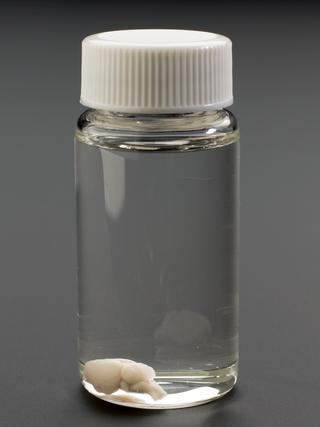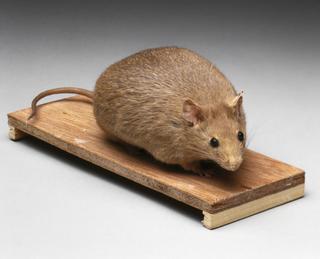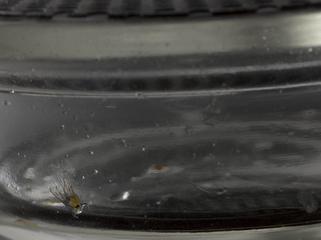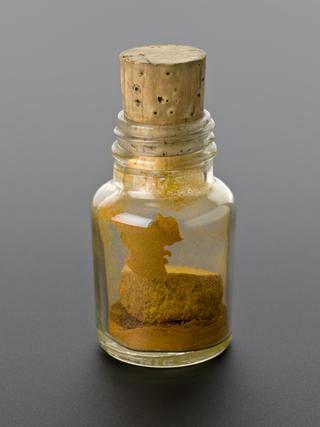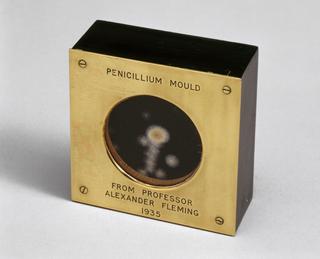
Scientific paper on the bacteriology of septic wounds
- Made:
- 1915-09-18




Scientific papers on the bacteriology of septic wounds, by Alexander Fleming FRCS Eng, published during the First World War (1914-1918), reprinted from The Lancet September 18 1915, Inscribed "with the author's compliments".
The First World War for British forces was largely fought on the Western Front, on what had previously been areas of fertile and well irrigated agricultural land in Northern France and Belgium. The impacts of industrialised weapons on the bodies of combatants could be horrific and the subsequent danger of wounds becoming infected from such environments compounded the threats to life.
War can be a driver for scientific and medical research and during the First World War wound infection was a fruitful area for wartime researchers like Alexander Fleming. In this paper he highlighted the limitations of antiseptics and how they might actually harm the body’s defences. Fleming served in the Royal Army Medical Corps during the conflict, working in hospitals behind the lines of the Western Front. He continued his medical research in the post-war years and in 1928 he discovered the broadly effective antibiotic substance, penicillin.
Details
- Category:
- Biotechnology
- Object Number:
- 1997-1563
- Materials:
- paper (fibre product) and ink
- type:
- report and reproduction
- credit:
- Found in museum
